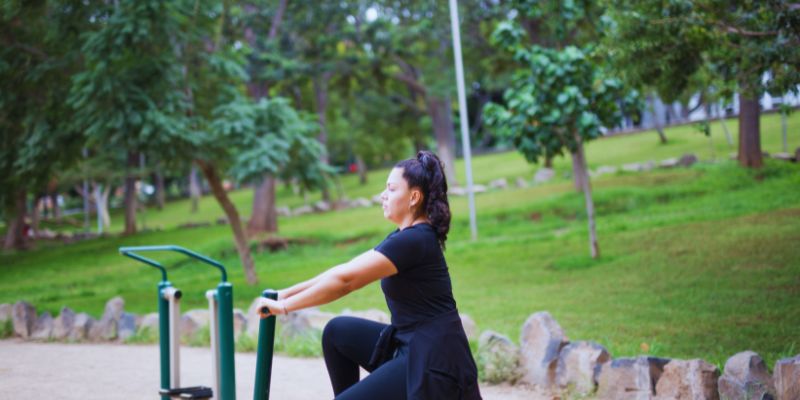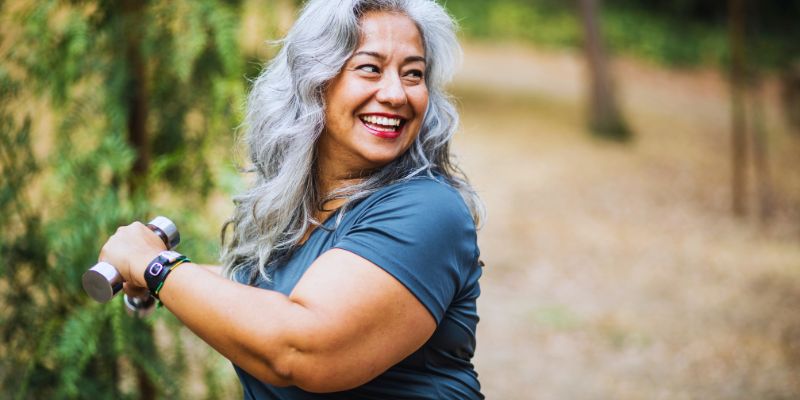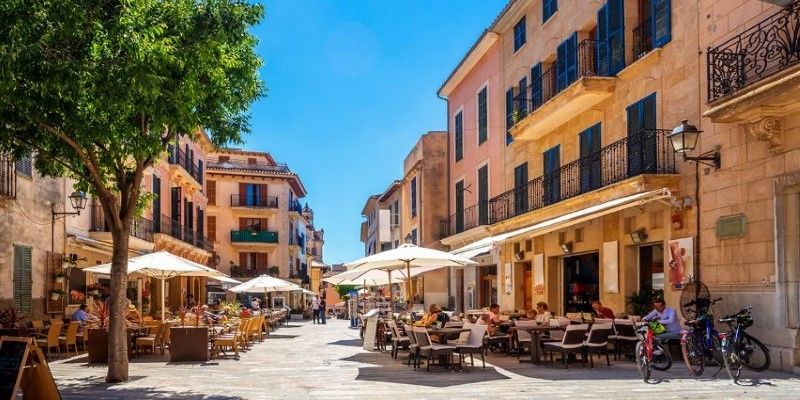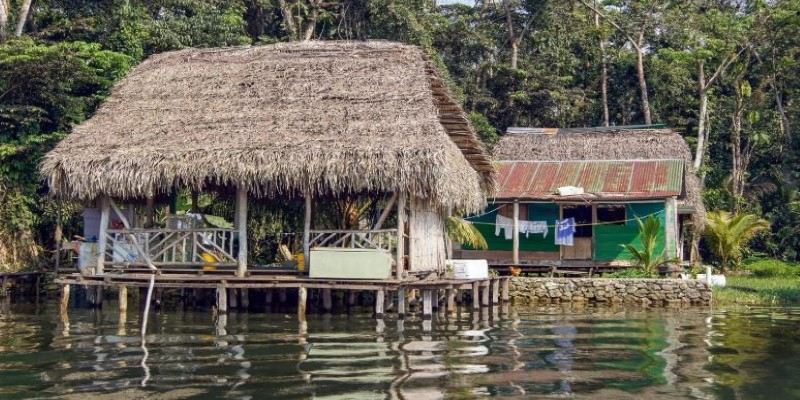Multigenerational Fitness Parks: Promoting Health and Wellness Across All Ages
Parks with multigenerational fitness are redefining how individuals remain active. These parks offer exercise areas suitable for all age groups. Senior citizens, adults, and children can have entertaining and challenging workouts. They inspire couples to work out together. Several cities are investing in these parks nowadays. They encourage social contact and physical exercise. Unlike conventional gyms, they are open and free to everyone.
These parks enhance mental health as well. Nature and fresh air make exercises fun. Participants come in all degrees of fitness. They assist in lowering lifestyle disorders, including heart disease and obesity. An outstanding answer for community well-being is multigenerational fitness parks. They enable all to have access to and enjoyment from exercise as much as possible.

Benefits of Multigenerational Fitness Parks
Below are the key benefits of multigenerational fitness parks, highlighting how they promote health, social interaction, and community well-being for all ages.
Encouraging Family Fitness
Families may keep active together at these parks. Parents can model decent behavior for their children. Early on, children pick up the value of physical activity. Families might choose outdoor exercise over screen time. Grandparents can go to workouts, so fitness becomes a bonding experience. Group projects keep everyone inspired. Families that work out together forge closer bonds. Additionally, these parks provide areas for leisure. Shaded sections and benches let one relax and have a discussion.
Promoting Senior Health
These fitness parks help seniors. Many have low-impact tools meant for older folks. Among these are hand pedals, stretching stations, and balancing beams. Mild workouts increase flexibility and mobility. Strength building lowers fall risk and stops muscle loss. Park socializing helps ward off isolation and loneliness. Studies find that consistent exercise enhances senior brain performance. It also lowers arthritis and heart disease risks. Sunlight and fresh air offer still another health advantage.
Supporting Community Engagement
Multigenerational fitness parks make strong communities. People of many years gather in various venues. They promote cooperation and socializing. One can arrange exercise groups and fitness courses. It makes regularity and enjoyment of workouts more possible. Friendships grow, which lessens loneliness. These parks also combine several generations. Younger persons can assist elderly individuals in their workouts. Respect and understanding grew out of this encounter.
Accessibility for Everyone
The accessibility of these parks is one main benefit. They welcome everyone, regardless of degree of physical ability. Unlike clubs, they do not require memberships. Additionally, those with disabilities benefit. Wheelchair-friendly exercise equipment abounds in many parks. Ramps and level paths simplify movement. Customized exercises are made possible via adjustable fitness stations. Families with strollers can go about comfortably. Public fitness facilities lower the cost of obstacles to exercise.
Encouraging Outdoor Activity
There are many health advantages to outside exercise. Fresh air helps the lungs function and general well-being. Working in natural surroundings helps to lower anxiety and tension. The body generates vitamin D through sunlight exposure. After outdoor pursuits, people feel more energized. These parks make workouts fun and revitalizing. They create a peaceful environment, unlike that of indoor gyms. Nature's sounds improve the encounter. Working outside sharpens mood and concentration. It makes sustainable fitness regimens more possible.

Features of Multigenerational Fitness Parks
Below are the essential features of multigenerational fitness parks, designed to provide safe, accessible, and enjoyable exercise spaces for all ages.
- Exercise Equipment for All Ages: These parks feature several exercise stations. Some have pull-up bars and resistance bands for strength training. Others include seated bikes for elders and balance platforms. Youngsters can have fun exploring play areas and climbing frames. Stretching stations promote flexibility. Tracks for walking and jogging inspire heart action. Certain parks even have yoga sections and places for meditation. Various workout intensities let all users fit.
- Safety and Comfort Features: Safety takes the front stage in these parks. Non-slip surfaces prevent mishaps. Soft landing zones spare children from falls. Handrails and support bars aid senior stability. Marked instructions guide users on equipment usage. Enough illumination provides evening safety. These parks also have pleasant places for sitting. Shaded areas offer sun protection. Water fountains maintain visitors' hydration. These conveniences make fitness parks fun for everyone.
- Green and Sustainable Design: Many fitness parks make sustainability a top priority. The floor and equipment use recycled materials. Lights run on solar power cut energy use. Native vegetation accentuates the inherent attractiveness of the park. Even some parks use rainwater collecting systems. Their green aspects make them friendly to the surroundings. Efforts toward sustainability help the earth as well as people.
- Integration with Walking and Cycling Paths: Certain parks link with paths for cyclists and walkers. Users can thus prolong their exercise. Riding to the park increases exercise, and walking routes inspire everyday exercise. These ties simplify the parks and advocate an active lifestyle outside of regimented exercise.
Why Cities Should Invest in These Parks?
Many diseases are less likely to strike regular exercisers. It guards against heart disease, diabetes, and obesity. Active communities pay less in medical bills. The encouragement of fitness helps cities save money. These parks inspire a better population. It is less expensive to prevent than to treat disease. Maintaining mental health requires exercise. It eases depression, anxiety, and stress. Exercises outside improve motivation and attitude.
Parks dedicated to fitness give people somewhere to unwind. Spending time in greener areas helps one have mental clarity. Park social contacts also increase enjoyment. Properly kept parks enhance an area's attractiveness. They help towns appeal more to families. Near fitness parks, property values generally climb. People want to live in places with choices for outdoor leisure. Spending money at these parks helps the local businesses and inhabitants.
Conclusion:
Parks featuring multigenerational fitness offer a welcoming environment for every age group. They advance both physical and mental health. Families, older adults, and everyone with different degrees of fitness gain. These parks inspire community involvement and social ties. They present easily available and fun exercise choices. Exercise outside improves general well-being. Funding these parks advances a better future. Cities should continue to enlarge and develop these areas. A step towards an active and linked society is fitness parks.











